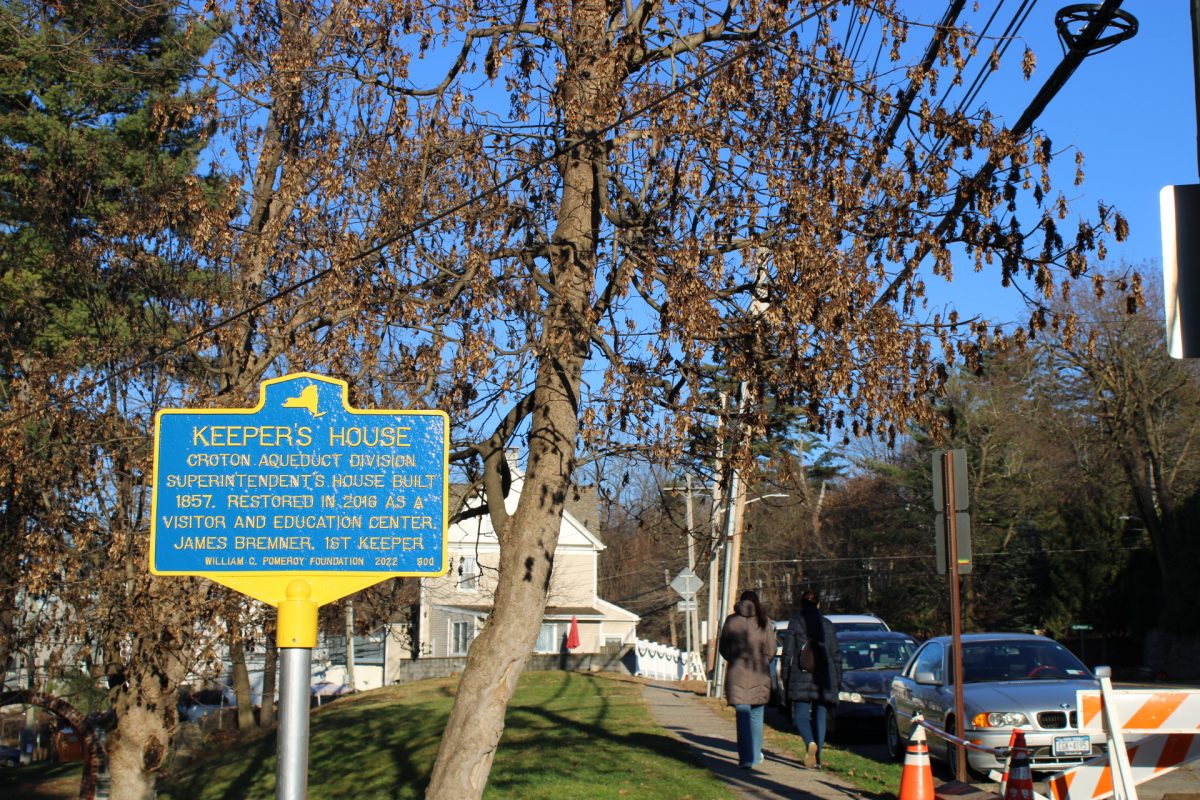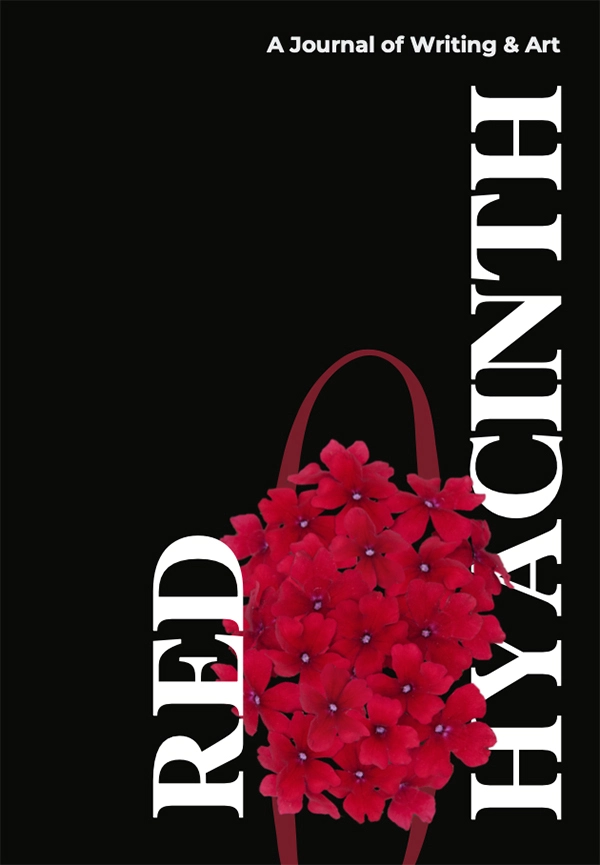The Old Croton Aqueduct graced Dobbs Ferry long before Mercy University came into existence.
Lesley Yu Walter, a Friends of the Old Croton Aqueduct board member, passionately conveyed the trail’s significance to young adults.
“I think the trail is a rare example of what the land looked like 180 years ago….This is not a modern park with basketball courts and outdoor gym equipment! It is one of the last reminders of what the land looked like back then,” shared Walter.
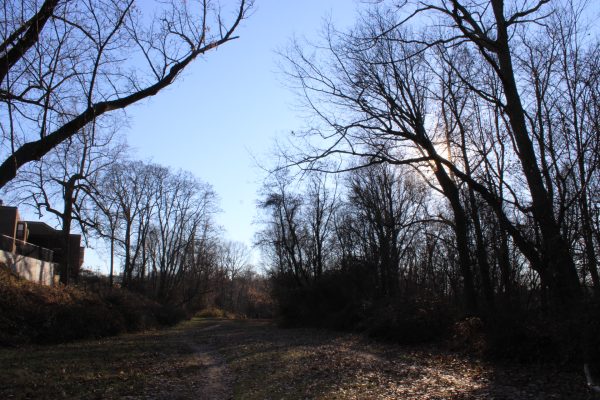
Background
In the 19th century, New York City faced water-related challenges as it burgeoned into one of the largest cities globally. The escalating population and industrialization strained water sources, leading to waterborne diseases and fires.
The contamination in the water back then was critical. The available water sources, including wells and natural springs, were often contaminated, causing diseases such as cholera, typhoid fever, and dysentery.
In response, the city initiated the construction of the Old Croton Aqueduct.
Completed in 1842, the aqueduct brought fresh water from the Croton River in Westchester County to New York City, covering approximately 41 miles. The OCA consists of a masonry-lined channel, tunnels, and arches, maintaining a consistent downward slope for water flow.
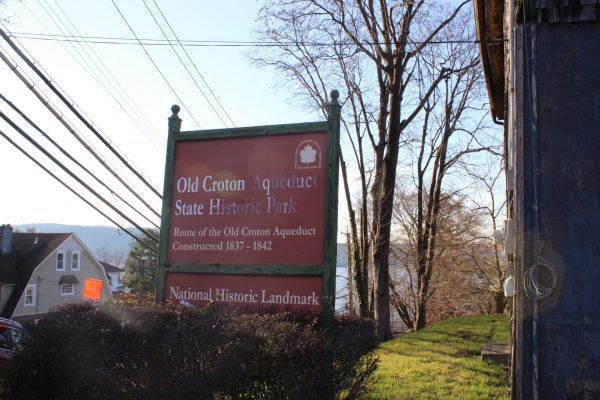
The impact of the OCA
The old Croton Aqueduct was crucial in improving public health, urban development, and overall quality of life.
Although the trail is walked daily and has become the heart of Westchester County, many, including Mercy students, must be aware of its historical importance.
The Importance of Maintenance
The OCA is a historical landmark and a testament to architectural achievements in the 19th century. Persevering in it allows current and future generations to acknowledge its importance and be grateful for its construction, the main water supply.
Walter emphasizes, “It is important to maintain because adjacent homeowners do things like cut down trees in the park that hide their river views or plant running bamboo, which is invasive.”
Walter has volunteered for the Friends of the Old Croton Aqueduct for over twelve years and eight months. She passionately advocates for the maintenance of the trial.
She goes most Sundays to be at the visitors’ center of the old Croton aqueduct in the Keeper’s house.
The Keeper’s House, serving as the residence of the aqueduct’s gatekeeper, played a crucial role in the trail’s operation and maintenance. The unpaved and natural nature of the aqueduct trail is deliberate, maintaining its 26-mile stretch as it was 180 years ago.
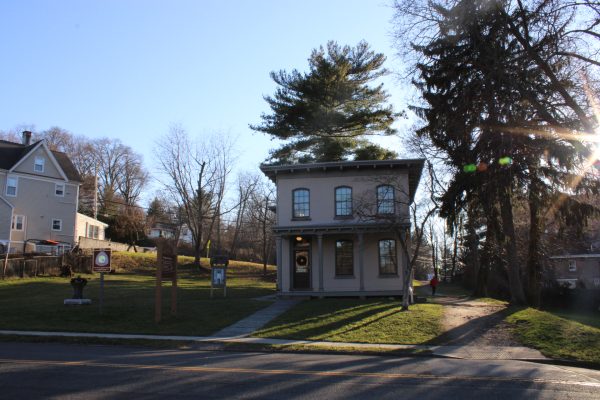
Walter adds, “The aqueduct trail is deliberately unpaved and deliberately not lit or covered with directional signs, which mystifies many Manhattanites who move up to Westchester.”
Due to economic constraints and its densely populated city, New York City can be challenging, with uncomfortable noise levels, making it one of the most demanding places globally.
Connection to nature, such as walking or hiking along trails like the Old Croton Aqueduct Trail, can positively affect people’s well-being and contribute to happiness.
The Attention Restoration Theory (ART), developed by psychologists Rachel and Stephan Kaplan, suggests that exposure to nature can restore mental fatigue and improve cognitive function.
Nature settings, such as parks or natural trails, provide comfort, especially in small towns like Dobbs Ferry.
Walter highlights the uniqueness of the trail, stating, “As you walk further north and closer to the Croton Dam, it seems like you are walking back in time because fewer houses dot the trail, and the land looks more pristine.”
For Mercy University students
For Mercy University students in Dobbs Ferry or nearby areas, knowledge about the Old Croton Aqueduct trail offers specific benefits:
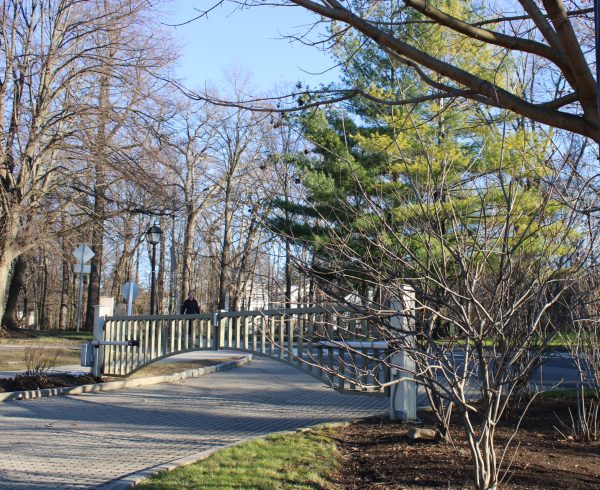
- Recreation and stress relief.
During demanding periods like finals week, accessing the trail provides students with a coping mechanism. A short or long walk through the trial while feeling the fresh wind in the face, allowing stress to dissipate for a moment, a moment of nature.
- Educational Opportunities
The Old Croton Aqueduct is a historic landmark. It is a reminder of what it was back in the 19th century. For history lovers, passing through the keeper’s house is a must, with insights of its workers who kindly preserved the Old Croton aqueduct.
- Community Service and Volunteerism
Walter, being an example of what it means to be a volunteer, having served for more than twelve years in the perseverance of the trial, strongly advocates young adults to help with trail maintenance and environmental conservation. Volunteering is an excellent way to give back to the community.
Walter adds Mercy faculty organized student cleanups of the Mercy section of the aqueduct trail for years. Encouraging Mercy University students to know the importance of the Old Croton Aqueduct Trail and its benefits extend beyond physical exercise.
Understanding local history, engaging in recreational activities, fostering community connections, and promoting environmental awareness collectively enhance the overall quality of life for students and the community.
As the trail whispers many tales throughout the years, it beckons us to embrace the present and cultivate a legacy for generations to come.



